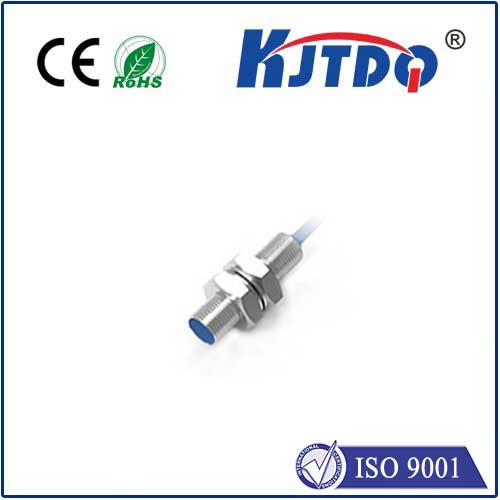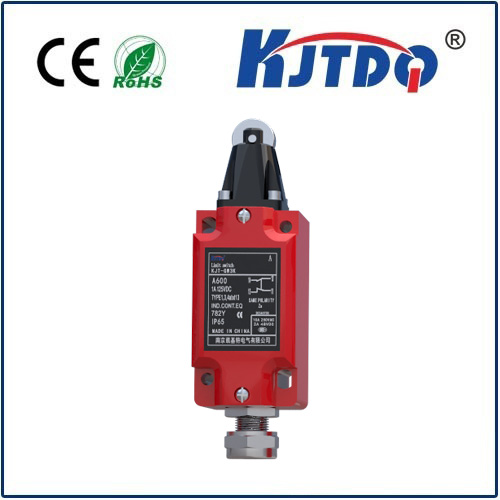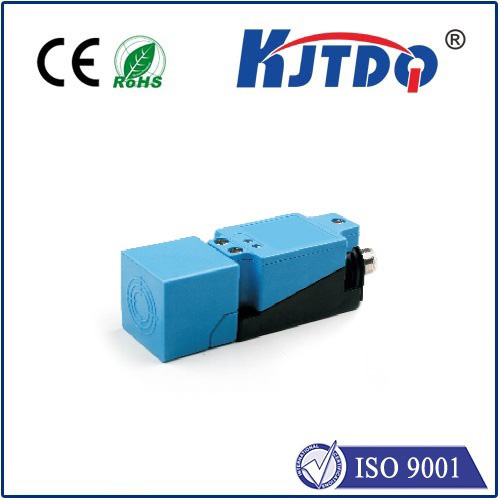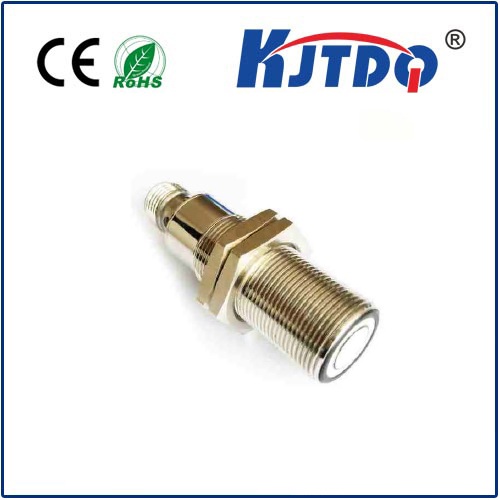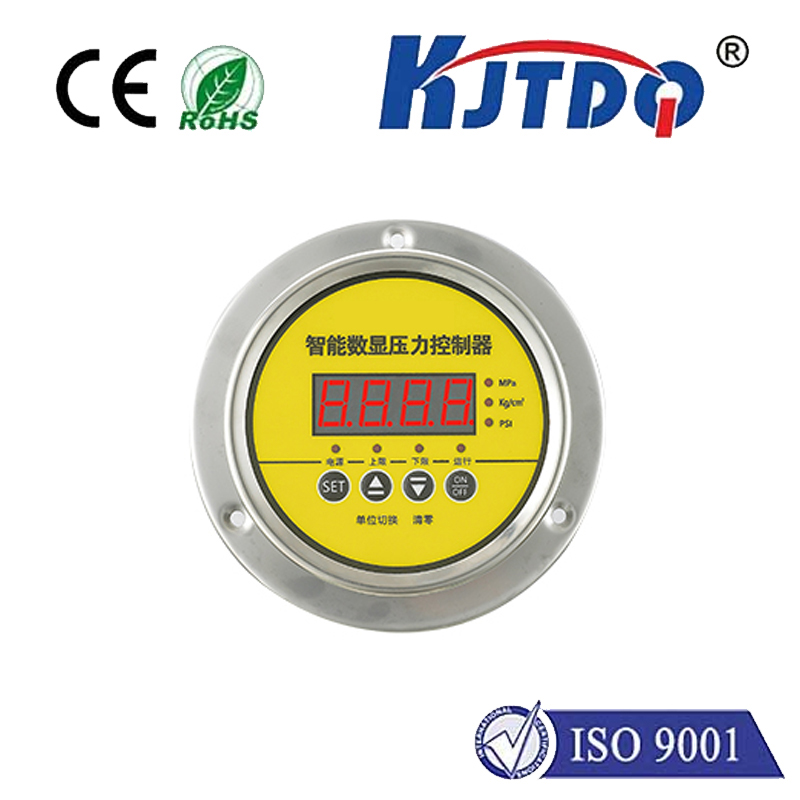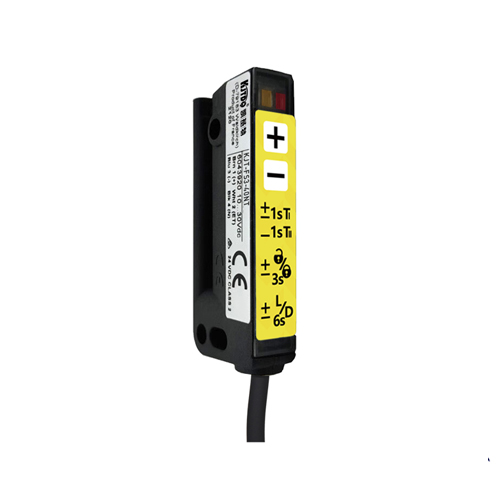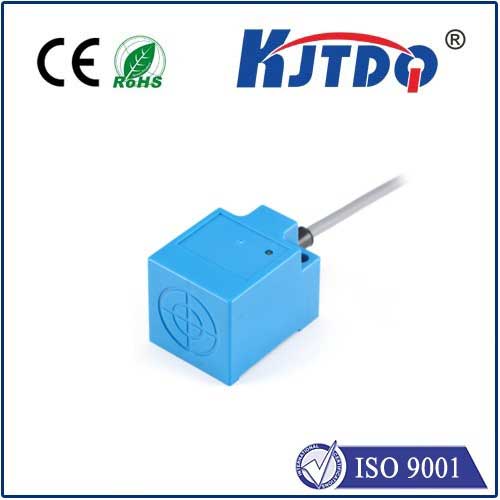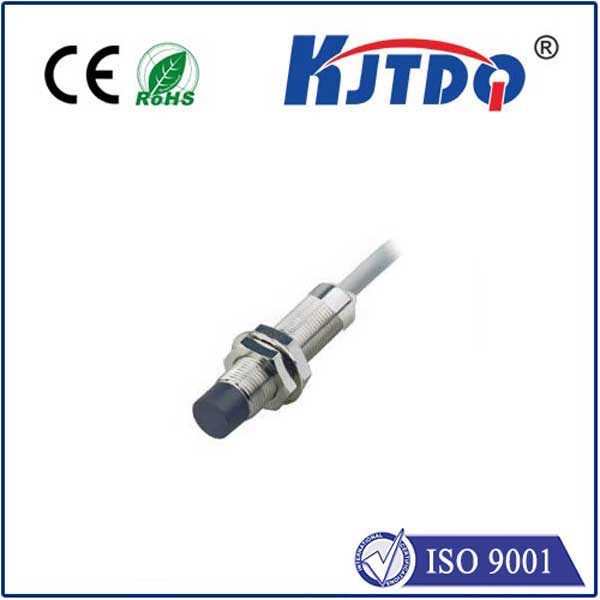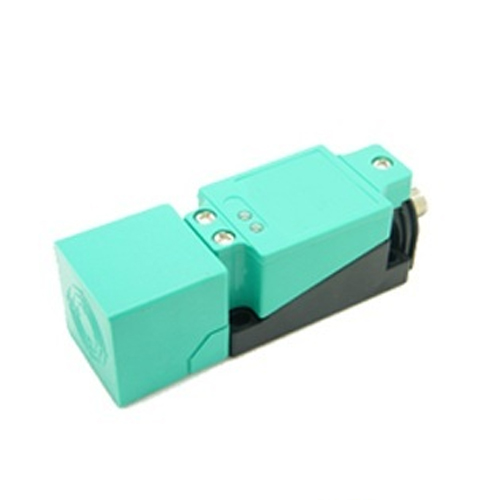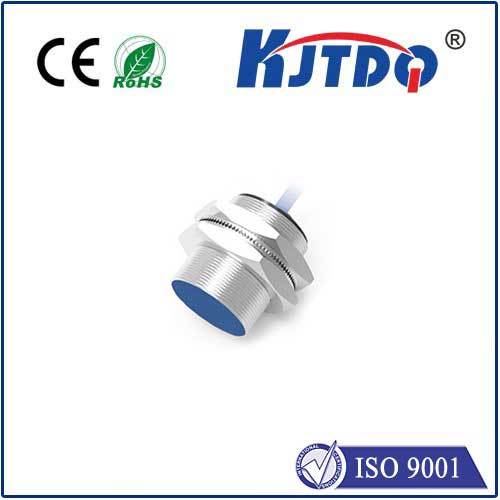

check

check

check

check
Optical Fiber Sensors: Revolutionizing Measurement and Monitoring in Modern Engineering
In the rapidly evolving landscape of modern engineering, the adoption of advanced technologies has become a cornerstone for innovation. Among the many breakthroughs in this field, FU-49X optical fiber sensor stands out as a transformative tool that is reshaping how we measure and monitor physical parameters in real time. These sensors leverage the unique properties of optical fibers to provide high-accuracy, reliable, and non-invasive measurements, making them indispensable in a wide range of industries.
What is an FU-49X Optical Fiber Sensor?
The FU-49X optical fiber sensor is a cutting-edge device designed to detect and measure various physical parameters, such as strain, temperature, pressure, and vibration. Unlike traditional sensors that often require direct contact with the object being measured, the FU-49X operates through optical interference and signal processing, allowing it to monitor conditions without physical intrusion. This makes it particularly useful in applications where accessibility and safety are critical, such as in aerospace, automotive, and structural health monitoring.

Key Features of the FU-49X Sensor
The FU-49X sensor is engineered with several key features that enhance its performance and versatility:
How Does the FU-49X Sensor Work?
The FU-49X operates based on the principles of optical fiber sensing. Light is transmitted through the fiber, and changes in the light’s properties—such as intensity, wavelength, or phase—are used to determine the physical parameters being measured. For example, when a strain is applied to the fiber, it causes a change in the light’s path, which is then detected and analyzed to provide an accurate reading. This method allows for high-resolution data collection and real-time monitoring, making it ideal for applications where rapid response is essential.
Advantages of Using FU-49X Optical Fiber Sensor
The benefits of using the FU-49X sensor are manifold, offering significant advantages over traditional measurement techniques:
Conclusion
As technology continues to advance, the adoption of innovative sensors like the FU-49X optical fiber sensor is becoming increasingly vital for modern engineering. With its high accuracy, non-invasive operation, and wide range of applications, the FU-49X sensor is setting new standards in measurement and monitoring. Whether in aerospace, automotive, or structural health monitoring, this sensor is redefining how we approach data collection and quality assurance. As industries look to the future, the integration of such advanced sensors will play a crucial role in driving progress and innovation.
